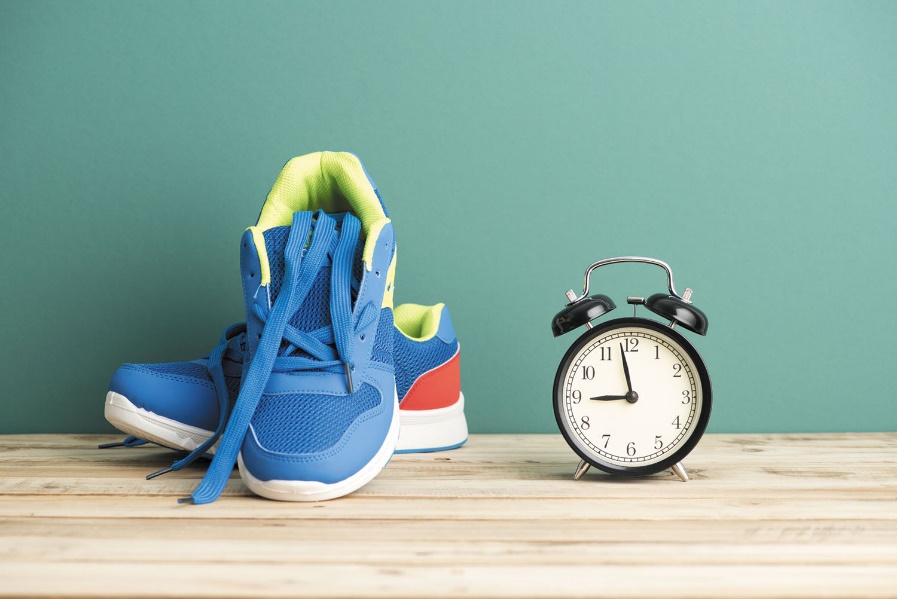If you answered “D,” don’t be embarrassed. I live with mask chaos at my house too. Masks are everywhere — on hooks and doorknobs, in drawers, stuffed in coat pockets and backpacks and yes, I confess, I have, on occasion, grabbed a mask from the floor of my car. (Please don’t do this. A study by Clorox found the germiest place in your car is the driver’s side floor mat. The front seat cup holder was not far behind.)
Now that public health officials are recommending that we all wear high-performance, medical-style masks, known as respirators — N95s, KN95s and KF94s — mask care is more important than ever. Unlike with cloth masks, you can’t toss a medical-style mask in the laundry. And high-performance masks cost more — $30 or more for a set of 10 — so it’s important to know how to reuse them. (The Biden administration has announced it’s giving away 400 million nonsurgical N95 masks at community health centers and retail pharmacies across the United States, with a limit of three per person.)
Unfortunately, there’s very little official guidance for how to care for and reuse a high-performance mask. The Centers for Disease Control and Prevention has said that health workers coping with mask shortages can reuse respirator masks up to five times. But people in the medical field are working under unique conditions and may use a mask during an entire daylong work shift. Most of the time, the average person wears a mask for much shorter periods, so probably can reuse a mask many more times, said Linsey Marr, a professor of civil and environmental engineering at Virginia Tech and an expert on viral transmission.
“The existing guidance on respirator care is for health workers and other workers who use respirators in hazardous conditions,” Dr. Marr said in an email. “For the general public, the conditions (typically not in close contact with infected patients for much of the day) and expectations (a person trying to reduce their risk of infection while going about their daily life) are much different, and I don’t think we should apply the same guidance to the two groups.”
Still, the C.D.C. guidance can provide a useful framework to help us make decisions about how long to use a mask. Based on the five-day rule for health workers, and assuming they wear the mask all day over an eight-hour shift, that suggests about 40 hours of use per mask, said Anne Miller, executive director at Project N95, a nonprofit that vets and sells high-performance masks. Many of us wear a mask in 15- and 30-minute increments as we pick up a kid at school or run some errands, which means one mask could last weeks.
Realistically, if you’re taking a mask on and off frequently, your mask will most likely become soiled, or the straps will break before you hit the 40-hour mark.
“I don’t wear my respirator all day long — I go to the grocery store and come back,” Ms. Miller said. “I find that I end up dropping them in the snow or the floor of the car before I wear them out. Usually, the straps wear out before the respiratory capability wears out.”
Never try to clean your high-performance mask. While it may feel like synthetic fabric, respirator medical-style masks are made of layers of high-tech filters that have been electrostatically charged to better attract and trap particles. Washing a mask, or trying to sanitize it with alcohol, peroxide or even ultraviolet light will degrade it and make it less effective. Just let your mask air out on a hook, in a paper or mesh bag or on a clean shelf. The best way to keep your mask clean is to wash your hands before touching it, hold the mask by the straps, and keep it in a clean, dry place when you’re not wearing it. Keep a few masks on hand and rotate their use so each mask has plenty of time to air out between uses.
I asked Dr. Marr for additional tips on how to take care of a respirator mask to maximize its use. Here’s her advice.
Q: How can we make sure our masks keep filtering particles?
Dr. Marr: This ability can be compromised if any part of the mask is physically damaged in such a way to create leaks. This could be a tear or hole in the mask, a crease that means it doesn’t seal to the face, or straps that are too loose to pull the respirator closely to the face.
Q: Can a mask get saturated with particles?
Dr. Marr: People might be concerned about the respirator “filling up” with particles, such that the filter material doesn’t work anymore, but respirators are designed to handle a large amount of particles and still maintain their filtration ability. Aaron Collins (@masknerd on Twitter) points out that an N95 is designed to handle 200 milligrams of particles, which would be equivalent to wearing it nonstop for 200 days in very polluted air such as in Shanghai. The straps or nose bridge will break, the respirator will lose its shape, or the respirator will become visibly dirty before this happens.
Q: If I’m exposed to an infected person, will my mask be contaminated?
Dr. Marr: It is possible that virus could be on the surface of the respirator, and you could touch it and transfer it to your eyes, nose or mouth. To minimize this risk, you should handle the respirator by the edges and straps and avoid touching the area in front of the nose and mouth. Over time — several hours — the virus will die off, so we probably don’t need to worry about accumulating more than one day’s worth of infectious virus on the material. There is a scary-sounding study that reports that the virus survives for 14 days on an N95, but the researchers dripped a huge amount of virus onto the material — like if you intentionally spit on the mask — and removed it by soaking it in liquid, which will transfer more than just touching.
Q: So how long do viral particles really survive on a mask?
Dr. Marr: We are studying this question using a more realistic way of getting aerosolized virus onto an N95, and the virus decays to nearly undetectable levels in 30 minutes.
Q: What do you think about the “40 hours of use” rule?
Dr. Marr: Forty hours of total use, whether over five eight-hour periods or a bunch of shorter periods, should be fine. The straps may become too loose or break, the respirator may lose its shape, or it may become visibly dirty before the 40 hours are up, in which case you should replace it. I have an N95 that I have worn for two round-trip plane trips totaling 25 plus hours and for attending church a few times, going to the store a few times, and attending gymnastics meet, and it’s finally getting dirty enough — mainly from rubbing against my face — and losing its shape, such that I’m planning to toss it.
Q: I’ve seen advice to air your masks out in multiple paper bags, labeled with the day of the week, and to rotate masks every five days. But most people just toss their masks in a drawer or purse or hang them on hooks. Does it really matter?
Dr. Marr: I don’t think this is necessary. I do like the idea of airing it out. I leave mine lying around or hanging on a hook. If I’m transporting it in my backpack or purse, I keep it in a plastic bag to protect it from damage.
Source: www.nytimes.com








